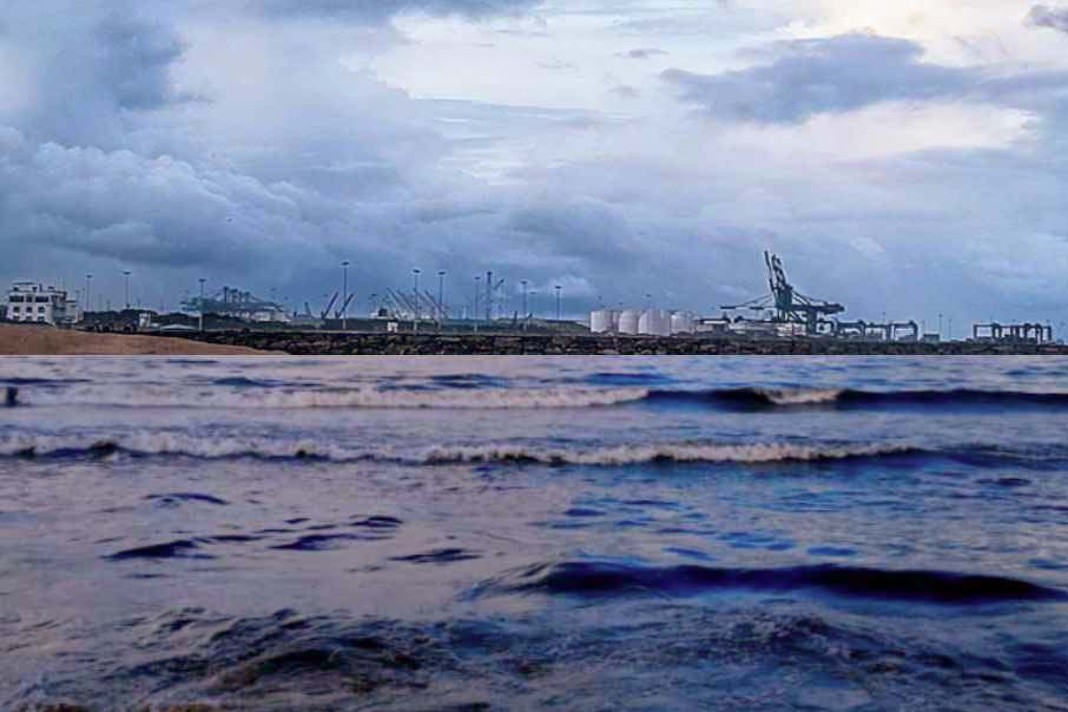The Port of Rotterdam is making strides toward its ambitious goal of becoming a net-zero port by 2050, even as it navigates economic uncertainties and supply chain disruptions. The first half of 2025 saw a decrease in overall cargo throughput, but the port remains committed to its sustainability initiatives and strengthening its digital infrastructure.
H1 2025 Performance Overview
In the first half of 2025, the Port of Rotterdam experienced a 4.1% decrease in total cargo throughput, amounting to 211 million tons. This decline was primarily driven by:
- Dry bulk: Saw the largest decline at -8.9%.
- Liquid bulk: Decreased by -5.3%.
Conversely, the container segment showed growth of 2.7% in TEU (Twenty-foot Equivalent Units), indicating a rebound in European consumption with imports from Asia increasing by 8.4% and trade with North America rising by 9.1%. However, in terms of tonnage, container throughput declined by 1%, explained by a higher proportion of empty export containers and a 5% decrease in full export containers, reflecting the challenging competitive position of European industry.
Despite these operational challenges, the Port Authority’s financial results showed stable development, with revenues rising 5.2% in H1 2025.
Boudewijn Siemons, CEO of the Port of Rotterdam Authority, acknowledged the “economic uncertainties, lagging investments, and disruptions in supply chains.” He emphasized the port’s crucial role in ensuring the security of supply for energy, food, and other essential materials in Europe, as well as maintaining the competitiveness of port industry to preserve Europe’s strategic autonomy. Concerns were highlighted by the announced closure of several chemical companies and associated job losses in the first half of the year, despite recent positive steps from the Dutch government to level the playing field for Dutch industry.
Sustainability Initiatives Persist Amidst Challenges
Despite the economic headwinds, the Port of Rotterdam continues to advance a multitude of projects aimed at achieving net-zero CO2 emissions by 2050. These initiatives focus on building essential infrastructure for a sustainable future:
- Porthos CCS Project: Significant progress has been made on the Porthos Carbon Capture and Storage (CCS) project. The construction of the land pipeline is complete, and work has commenced on the offshore infrastructure. This involves converting a former gas production platform in the North Sea for the permanent injection and storage of CO2 in depleted gas fields under the seabed. Porthos is expected to be operational in 2026.
- Shore Power Installation: A crucial aspect of the energy transition, the shore power system at the Holland Amerikakade for Cruise Port Shore Power officially began operation on March 31, 2025. This proactive step puts Rotterdam ahead of European regulations, which mandate that cruise ships use shore power in European ports by 2030. The system is a collaborative sustainability project between the city and the port, with an expectation that 75% of cruise ships calling at Rotterdam will connect to the system in its first year of operation.
Strengthening Digital Security
Recognizing the ever-present and serious digital threat, the Port of Rotterdam has maintained a robust cybersecurity strategy. While no incidents affecting critical systems occurred in 2025, the port authority stresses the ongoing importance of a resilient digital infrastructure.
It is actively collaborating with partners to enhance cybersecurity. The FERM Foundation, a key cybersecurity initiative, has been transformed into a national platform, serving as a coordinator, connector, and advocate for the five seaports of national importance in the Netherlands, fostering structural cooperation with government agencies and chain partners to boost the resilience of crucial digital processes.
Did you subscribe to our daily Newsletter?
It’s Free Click here to Subscribe!
Source: Offshore Energy
























